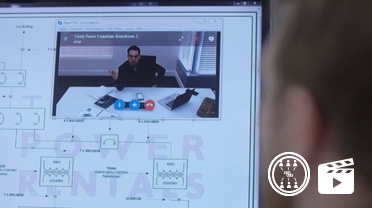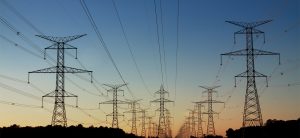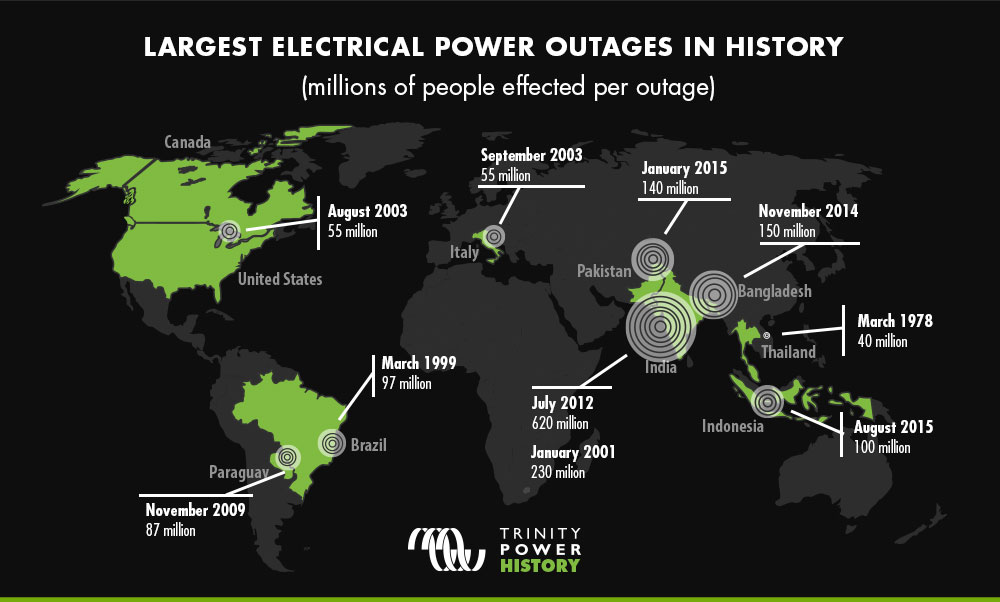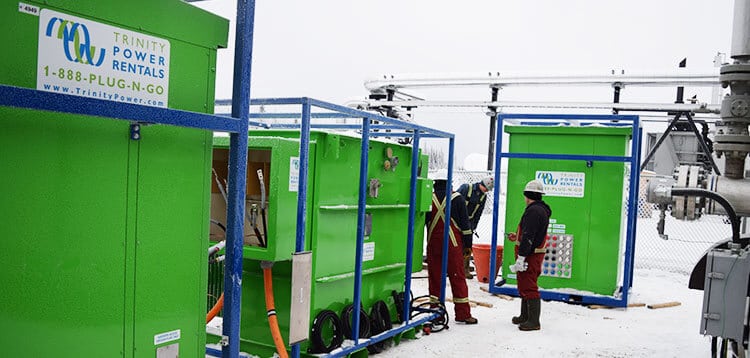- OUR APPROACH
-
COMMITTED TO YOUR SUCCESS
Our approach, developed over decades of experience, is fine-tuned to get the results you want.
We deliver concept-to-completion solutions, designed by temporary power specialists with access to the largest inventory of high-quality power generation and distribution equipment in North America.
-
- Equipment
-
RENTALS
From a wide range of diesel and natural gas generators to transformers, cable, light towers and more, our large rental fleet and extensive vendor network ensure we’ll have the temporary power equipment that your project requires — every time.

-
- Industries
-
INDUSTRIES WE SERVE
For nearly 20 years, we have been at work powering projects across Canada’s industrial sectors.
Select from this sampling of industries to learn how we can put our expertise to work for you.
VIEW ALL- Projects
- About
-
A PROUD HISTORY. A BRIGHT FUTURE.
From our inception in 1998, we have been building our team on a foundation of excellence. Our team members’ passion, expertise and commitment are what have allowed us to grow into a national company with projects across Canada.
Click on the links to learn more about our history, our team or our career opportunities.
- Blog
- Contact
-
Your mobile phone dies in the middle of an important call while you’re heading in to work, and then… your train stops. You’re disconnected, stranded and will definitely be late for work. Barring mechanical issues, chances are these inconvenient technical failures were due to the loss or lack of power. It’s one thing if we’re talking about a dead mobile phone or a single-stranded light rail train, and another if we’re referring to power failure on a much larger municipal, district or regional scale affecting homes, businesses, transportation and essential services. The risks escalate quickly if we include environmental factors, such as the weather. In such cases, temporary backup emergency power for essential services, transportation and businesses can, and does, save both lives and money-a lot of money.
This year’s power outage in Metro Toronto (read The Globe And Mail article) left 250,000 people in the cold-the fourth such power outage due to extreme weather conditions in only the past three years-is just the most recent example of other massive power outages that have occurred across the globe for as long as we’ve been on the grid. Some of the biggest power outages of all time:


July 2012, India: The biggest power outage in India to date, and potentially the biggest power failure in the world, ever, left half of India-upwards of 620 million people without power. The grid had collapsed for the second time in less than a week, due to a circuit breaker tripping from escalating power use during one of the hottest seasons on record.

January 2001, India: 230 million people lost power due to a fault in the transmission system in one state, causing cascading failure throughout the northern Indian region.

November 2014, Bangladesh: A nationwide power outage affected 150 million people for half a day, traced to the failure of a power transmission line from India into Bangladesh.

January 2015, Pakistan: Blamed on an act of terrorism, 80% of the country (140 million people) was left without power after an explosion at a power station caused a backward surge of power to the facility, tripping power lines and causing a cascading effect throughout the grid.

August 2015, Indonesia: 100 million people in Java and Bali, two of Indonesia’s most highly populated, “destination” islands, lost power after a major transmission line failed, triggering several power plants to disengage from the network.

March 1999, Brazil: A lightning strike caused cascading failure through Southern Brazil’s power infrastructure, including the massive Itaipu power station and dam (the world’s biggest at the time) supplying Sao Paolo and Rio de Janeiro, leaving 97 million people in chaos and darkness. This was the largest power failure in Brazil’s history.

November 2009, Brazil and Paraguay: 87 million people throughout some of Brazil’s most populated states and the entire nation of Paraguay were without power when transmission lines from the power station at Itaipu were tripped by a major thunderstorm.

August 2003, United States and Canada: One of two infamous “Northeast Blackouts” of the past century, this one affected 55 million people more than the blackout in 1965. This failure was ultimately traced back to technical error; a software bug in a control room alarm system failed to alert controllers about overloaded transmission lines hitting unpruned foliage, leading to widespread grid distress.

September 2003, Italy: The entire nation except for Sardinia (an island, and an autonomous administrative region within Italy) lost power, leaving more than 55 million people out of juice. Storm damage to a power line coming in from Switzerland caused a system overload, and subsequently tripped power lines running in from France. It was the largest power failure in Italy’s history.

March 1978, Thailand: Simple generator failure in a single power plant triggered a nationwide grid shutdown for an entire working day, disrupting the lives of 40 million people. What contingencies do you—or your organization—have in place to keep things running during an electrical blackout? As mentioned at the top of the post, emergency preparedness is key to protecting human lives and infrastructure investment, as well as maintaining essential operations. Put a dollar figure on that claim: here’s The Real Cost of Power Outages and Unplanned Industrial Downtime.
Sources:
http://www.thejakartapost.com/news/2005/08/19/massive-blackout-hits-java-bali.html
https://www.reuters.com/article/2014/11/01/bangladesh-power-failure-idUSL4N0SR0AT20141101/
https://en.wikipedia.org/wiki/List_of_major_power_outages
https://www.mentalfloss.com/article/57769/12-biggest-electrical-blackouts-history
Related Articles
Subscribe for access to exclusive content

















